
The federal agency says the data shows immunization reduces hospitalizations by more than 57 percent in first 6 months after birth.

The federal agency says the data shows immunization reduces hospitalizations by more than 57 percent in first 6 months after birth.

This action paves the way for this long-acting injectable to be used in several countries on the European continent.

Sam Aitken, PharmD, president-elect of the Society of Infectious Disease Pharmacists (SIDP), discusses how this strategy is one significant part of a complex puzzle to decrease antimicrobial resistance.
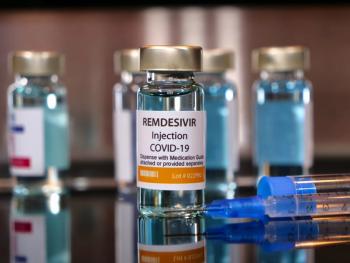
The expanded indication to those with severe hepatic impairment has already been granted in the US and EU.
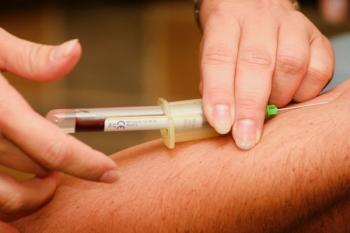
Review of hepatitis D virus describes “unique” biologic characteristics and “ominous” medical effect, but constrained as HBV treatments affect HDV life cycle.

The company’s well-known Singles cheese brand is the focus of the recall.

Vaccitech is using a novel approach to address the virus and create a functional cure.

Mollie Lauck, NP, has both battled C diff herself and treated patients with the bacterial infection. In the second installment of our interview, she talks about her clinical approach to patients who might be considered candidates for C diff and specific strategies for infection prevention.

These novel vaccines are utilizing a self-amplifying messenger RNA (sa-mRNA) vaccine platform. Study data was reported at the ESWI Influenza Conference in Spain.

Long-term follow-up of DAA treatment of HCV infection after liver transplant shows persistent improvement in hepatic function, fibrosis, and survival rate.
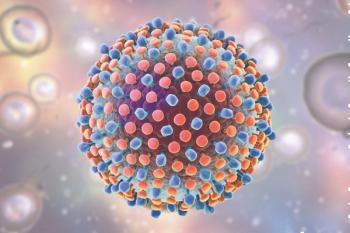
There are a number of innovative, virus-targeting agents in development to treat hepatitis C (HCV) and prevent the virus.

Antimicrobials such as clindamycin, cephalosporins, penicillins, and fluoroquinolones have been linked with causing C diff infection in prior research.

Hurricane season is accompanied by an uptick in infectious diseases associated with environmental and water exposures.
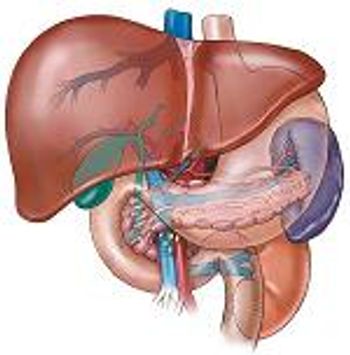
A study found variations in treatment initiation, especially showing differences within certain populations, ages, and those with a background of injection drug use.
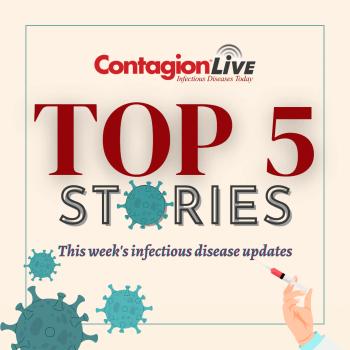
In this week's news: A CDC committee recommends the updated COVID-19 vaccines; the cost of misinformation during the pandemic; and India is dealing with a Nipah virus outbreak.

Those with certain comorbidities, including peptic ulcer disease and renal failure, were at additional risk of developing C diff infection.

The zoonotic virus has claimed 2 lives as Indian officials work to identify potential contacts and get the virus under control.
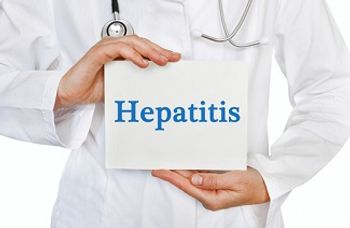
A global review demonstrates the potential depth of the impact of the COVID-19 pandemic on ongoing immunization delay and skepticism.
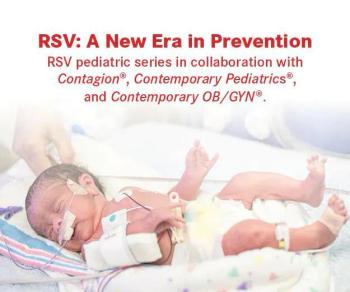
The federal agency says infants of a certain age should receive this monoclonal antibody to protect against the virus.

In our continuing series with members of the Peggy Lillis Foundation, here is an opportunity to hear about people’s experiences, lessons learned, and the new treatments that can lead to hope and not the hopelessness people have been living with during their ordeals.
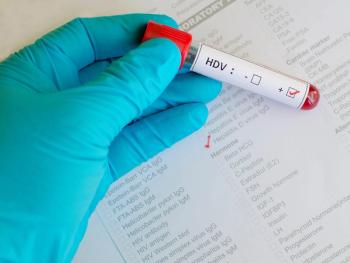
Several trial participants experienced concerning hepatobiliary events.

The interim analysis of its phase 3 study shows the company’s mRNA-1010 vaccine was efficacious against all 4 A and B influenza strains.

The federal agency’s Advisory Committee on Immunization Practices (ACIP) recommendation was to authorize and approve the updated 2023-2024 (monovalent, XBB containing) COVID-19 vaccines for persons 6 months of age and older.

Misinformation created unnecessary hospitalizations and mortality and demonstrated the chasm in public health communication.

The agency specified which age groups the vaccine is approved for and which are authorized to use them, paving the way for fall vaccinations to take place.

This new program from the federal agency can be viewed as a useful starting point for the development and assessment tool for sepsis programs with more granularity required.

The federal agency’s reports shows decreases in both hepatitis A and B, but hepatitis C saw a significant increase during 2021. However, the investigators note the pandemic may have impacted statistics and progress towards goals.

Learn more about how hospitalizations due to alcohol-associated hepatitis increased during the pandemic; the next installment in our ongoing RSV series; developing a product for a potential functional cure of hepatitis B; and an investigational vaccine being studied in a challenge trial for norovirus.

Through policy and fostering innovation, the Biotechnology Innovation Organization (BIO) is working towards reducing antimicrobial resistance (AMR).

The investigational vaccine was studied in a challenge trial and has a novel modality in that it is delivered as a monovalent oral tablet.